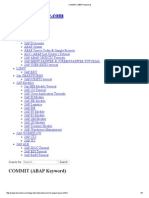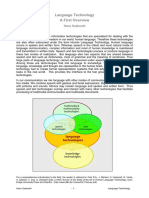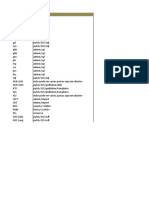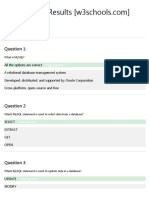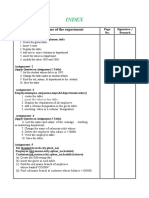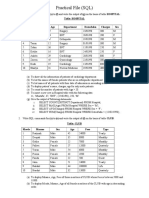0% found this document useful (0 votes)
21 views37 pagesUnit 2 - Data Science
Uploaded by
anandpcwg20Copyright
© © All Rights Reserved
We take content rights seriously. If you suspect this is your content, claim it here.
Available Formats
Download as PPTX, PDF, TXT or read online on Scribd
0% found this document useful (0 votes)
21 views37 pagesUnit 2 - Data Science
Uploaded by
anandpcwg20Copyright
© © All Rights Reserved
We take content rights seriously. If you suspect this is your content, claim it here.
Available Formats
Download as PPTX, PDF, TXT or read online on Scribd
/ 37




























































